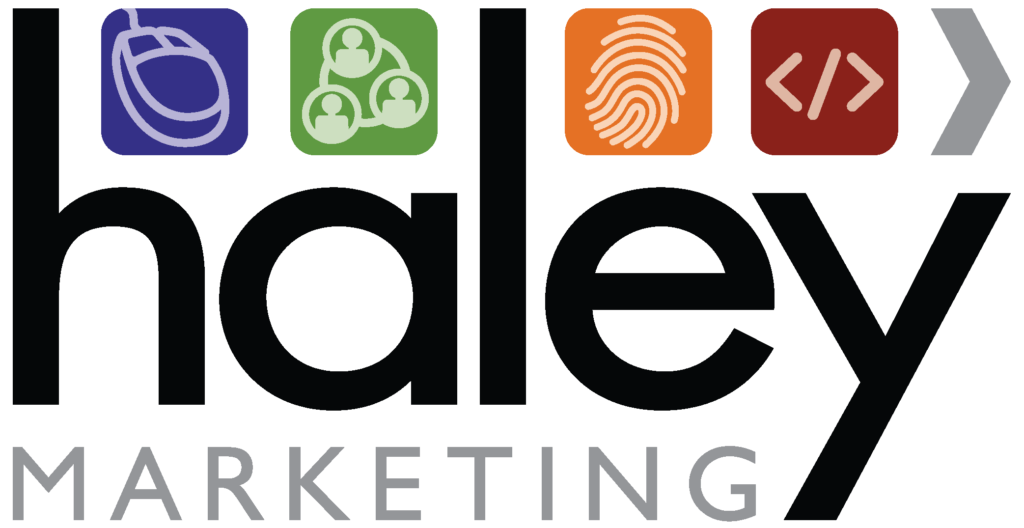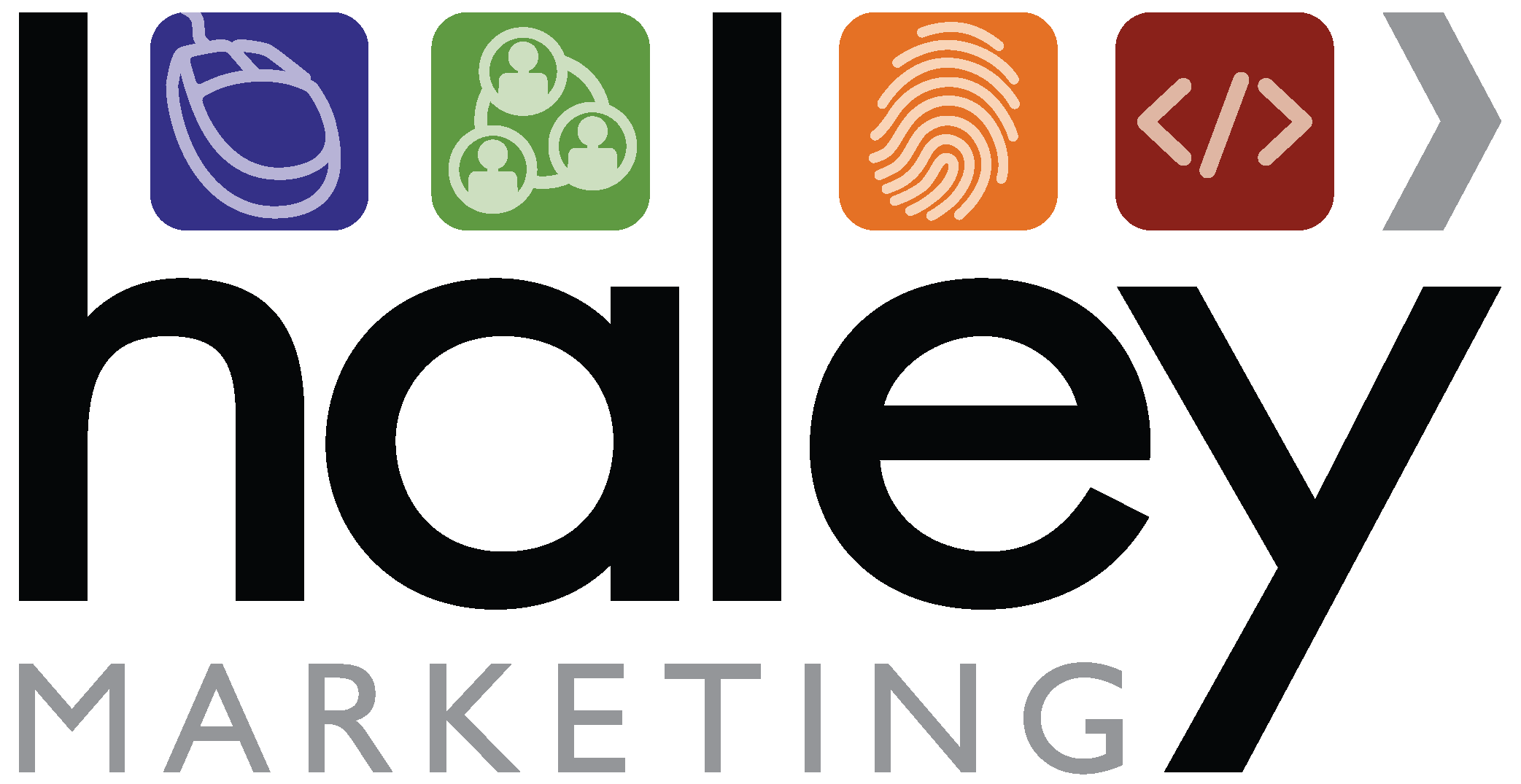
Weekly inspiration for the staffing industry.

Social Media--Beyond the Hype
A Practical Guide to Using Social Media for Your Business
I talk with a lot of business owners about social media. And just about everyone I talk to falls into one of three categories:
- Social media is useless! I could care less about what you had for breakfast or what your cat is doing right now.
- I should probably look into social media, but I don't have the time.
- Social media is going to transform the way I do business!
- You probably said something similar about the Internet in the '90s!
- You don't have time now? Think about how bad it's going to be in a year when you're trying to catch up to your competitors.
- You're setting yourself up for disappointment. Social media is just one part of your marketing mix and business strategy.
Here's the Practical Reality About Social Media and How it Affects Your Business:
Social media isn't going away...
...at least not anytime soon. If you think social media sites like Facebook are a passing fad, consider these statistics:- People spend more time on Facebook than any other website on the Internet. In fact, 700 billion minutes per month are spent on Facebook.
- Facebook has more than 500 million active users.
- LinkedIn has over 90 million registered professionals.
- As of January 2011, LinkedIn counts executives from all 2010 Fortune 500 companies as members.
- LinkedIn's hiring solutions were used by 69 of the Fortune 100 companies as of December 31, 2010. (This should be of particular interest to all the staffing and recruiting firms reading this.)
More companies are using social media.
According to a report from Nora Ganim Barnes, Ph.D., director of the Center for Marketing Research at the University of Massachusetts, social media has seen explosive growth in the past several years. 83% of Inc. 500 companies were using social media in 2010.And it's not just the Inc. 500 that have adopted social media. In fact, a search of Facebook.com for the word "staffing" returns over 2 million results. The nationals and your local competitors are using social media.
Social media impacts buying and career decisions.
Social media is an easy, two-way communication platform which allows people to quickly gather input. If you were looking for a contractor to do work on your house, would you call 100 people to ask about their experience and look for a recommendation? Probably not--calling that many people would be a huge waste of time! But social media provides a forum to ask everyone you're connected with that question (and it takes about 10 seconds).What I'm getting at here is that people turn to social media to help with decision making. Harris Interactive released a study in 2010 reporting that social media had as big an impact on buying decisions as newspapers and magazine articles:
"Americans who use social media say reviews about a particular company, brand or product from friends or people they follow on social networking websites influence them either a great deal or a fair amount (45%)--the same number as Americans who say reviews in newspaper or magazine articles influence them (46%)."
- 40% of Americans say that they have received a good suggestion for something to try as a result of their use of social media.
- 15% say they have made a connection regarding a job opportunity and that number is growing quickly.
Getting Beyond the Hype--What Should You Do?
Now that I've hopefully outlined a business case for social media, let's get "beyond the hype" and talk about the specific things you should do on the top three social media platforms:Facebook is an outstanding tool to connect with your candidates. It allows you to stay top-of-mind, connect on a more personal level, and gather feedback. I've seen many staffing firms leverage Facebook as a referral tool--posting open jobs and asking if anyone knows of a good fit for an open assignment.
Here's how to get started:
Create a company page (start here: http://www.facebook.com/pages/create.php)
- Complete as much information as possible and clearly define your services
- Don't just include your company logo as your profile image, do something creative and leverage that space. Here are a few examples:
- Haley Marketing highlights employees:
http://www.facebook.com/#!/HaleyMarketing - Bayside Solutions carries through their tagline and corporate image:
http://www.facebook.com/#!/pages/Bayside-Solutions/298703292312 - Nike highlights new products:
http://www.facebook.com/#!/nike
- MedPro highlights their different divisions and drives traffic to individual Facebook pages:
http://www.facebook.com/pages/MedPro-Healthcare-Staffing/133283130067518
- Import your list of clients and candidates into your account and send invitations to "Like" your page
- Add a "Like" box to your website (http://developers.facebook.com/docs/reference/plugins/like-box/)
- Add a "Like" icon to your email signature
- At the end of every interview, encourage candidates to "Like" you on Facebook
- Consider Facebook's pay-per-click advertising
- Include top job postings (just make sure you don't overload people with dozens each day)
- Post helpful tips and advice
- Use RSS feeds to automatically import your blog posts or other relevant news
- Post pictures from company events, career fairs, or trade shows
- Introduce your staff members on a more personal level
- Celebrate successes, for example, feature an employee of the week or month
- Post trivia or hold fun contests
This is a bit more advanced and requires knowledge of Facebook's programming language. But you can completely customize your company's Facebook page and create a mini website to highlight services, products, contests, etc. Here are a few examples:
- Kelly Services:
http://www.facebook.com/#!/kellyservices
Right from their Facebook page, you can search for open assignments, watch an introductory video, access the Kelly Global Workforce Index and more. - Walmart:
http://www.facebook.com/#!/walmart
Currently Walmart uses their Facebook page to highlight their "Fighting Hunger Together" program. - General Motors:
http://www.facebook.com/#!/generalmotors
They share videos, blog posts, their Twitter feed and more.
Complete your personal profile
LinkedIn provides an outstanding channel to get your message in front of real decision makers. As noted earlier, LinkedIn counts executives from all 2010 Fortune 500 companies as members. There is not another social platform that provides you with direct access to such high level professionals. You can ask probing questions, provide solutions to hiring and HR challenges, position yourself as a thought-leader in a specific group or industry and more.
Here are tips for leveraging your LinkedIn presence:
- Include your photo, employment history, education, etc.
- Ask for recommendations from peers and clients
- Include links to your website(s) and blog
- Add your Twitter handle to your profile
- Install the BlogLink or WordPress application to pull in your blog posts (if you don't have a blog, get one!)
- If you post good, relevant information on Twitter, have your Twitter updates automatically feed your status message
LinkedIn is only as powerful as your network, so connect with everyone. Here are some suggestions:
- Export your email address book and import this into LinkedIn to send invitations
- Send 1:1 invites to everyone you speak with (get into the habit of doing this with every client/prospect you talk to)
- Send invitations to other group members
LinkedIn has thousands of groups dedicated to just about everything you could imagine.
- Find groups that relate to your market and industry and join them
- Once a member, join in on the conversation and answer questions, post articles, etc.
- Many groups will allow you to post open jobs--for free
- As noted above, once a member of a group, you can send invitations to connect to other group members
Just like your personal profile, you can create a profile for your company (this is a newly enhanced feature in LinkedIn). Here are some tips:
- Use a nice, crisp logo
- Include keywords in your profile and your list of specialties
- Include your corporate Twitter handle
- List your company blog RSS feed (this is will automatically pull in new blog posts to your company page)
- If you have multiple locations, list them (although LinkedIn limits this to 5 total)
- Add YouTube videos if you have them
- Complete the Products & Services tab with an overview of each service you offer (for an example of this see: http://www.linkedin.com/company/haley-marketing-group/products)
- Ask your clients and candidates for recommendations
- Encourage people to "Follow" your company
Twitter can be a very powerful 1:1 communication tool, as well as an effective way to reach a large audience. In order for it to be successful it does take a bit of time though. You need to build a network and add a personal touch.
Here are some suggestions:
Create a Twitter account for the company
Twitter limits your Twitter handle to 15 characters. If your company name is longer than 15 characters, you may need to get creative. Once you have your account created, here are some tips:
- Use a good looking profile icon (the icon is small, so if your full logo doesn't look good here, use something else)
- Create a custom background image that includes your company branding and contact information
- Include relevant keywords in your bio (you're limited to 160 characters though)
- Begin following other people in your market or industry (they will often return the follow)
- Comment on other tweets and use the @ symbol (for example: @HaleyMarketing--Great article on Social Media--Beyond the Hype)
- Retweet information that you find relevant (it's a great way to get noticed by the original poster)
- Import your contacts from your email and LinkedIn accounts and begin following those people
- Add your Twitter handle to your website, email signature and other marketing collateral
- Post links to interesting articles
- Automatically feed your blog posts to Twitter
- Retweet good content from others
- Share hot jobs
So what's next?
That's the great--and bad--thing about social media. We don't know exactly what's next yet! The key is to get started now, build a great foundation, and then stay current and up-to-date (and we'll do our best at sharing news and updates at the Ask Haley blog and in future issues of the Idea Club).And if you feel like you're behind the 8 ball or simply don't have time for social media, we can help. Just call today at 888-696-2900.
| Want to know more? Check out our services page on our website to find out more. For more information contact us online. |  |



